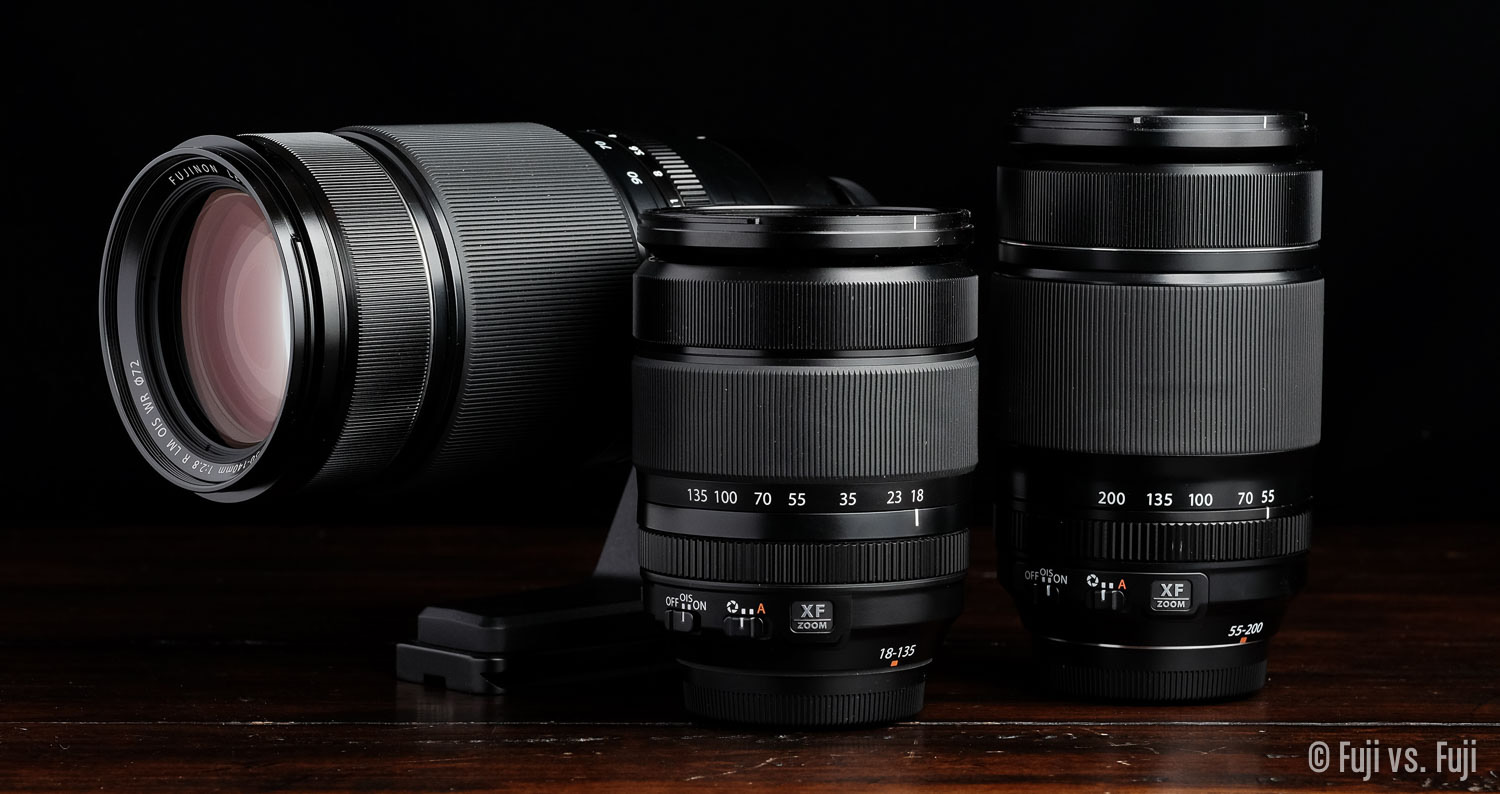35mm (and where I’ve been)
/XF 35mm f/1.4 vs. XF 35mm f/2 WR
After weeks of testing, my extensive comparison of Fuji’s 35mm primes is now online. See how well the new normal compares against the old normal.
Where I’ve Been
As a bit of an aside, regular visitors have likely noticed a serious lull in content and updates. Looking at my last post that happened in August, I can hardly believe it’s been that long myself. What happened? A combination of things.
First of all, I found new employment approximately 5 months ago. It’s been a big transition from my previous freelance gig, and the ups and downs of a new job on top a huge multi-month project, had all but squelched my capacity for creative photography, let alone photographic analysis. Fortunately, things have settled down considerably.
Secondly, I decided early last year to take control of my physical wellbeing. This started out with the standard physical fitness, but quickly morphed into an obsession with restoring mobility and range of motion I’d lost from 15+ years of sitting for 8-15 hours a day. It’s been hard work, and took up almost all my free time, but it was well worth it.1
Anyhow, it was always an internal struggle for me. I felt bad neglecting the site outside of replying to those who emailed or tweeted, but it was the right thing to focus on.
TL;DR
I’ve been busy with work and life, but plan to get content on the site more regularly now. It’s good to be back.
- Physical health is hardly a topic for this website, but if you’re at all interested in restoring your own capacity for movement and how good movement can apply to photography, I recommend Kelly Starrett’s CreativeLive Class. Simply being able to squat properly behind my camera (ass to ankles, heels on the ground, toes pointed forward) has increased my enjoyment of photography, and saved me from putting more bad loads on my knees. If you can relate to that last part, you owe it to your lower extremities to restore full range of motion in your hips and ankles.↩















